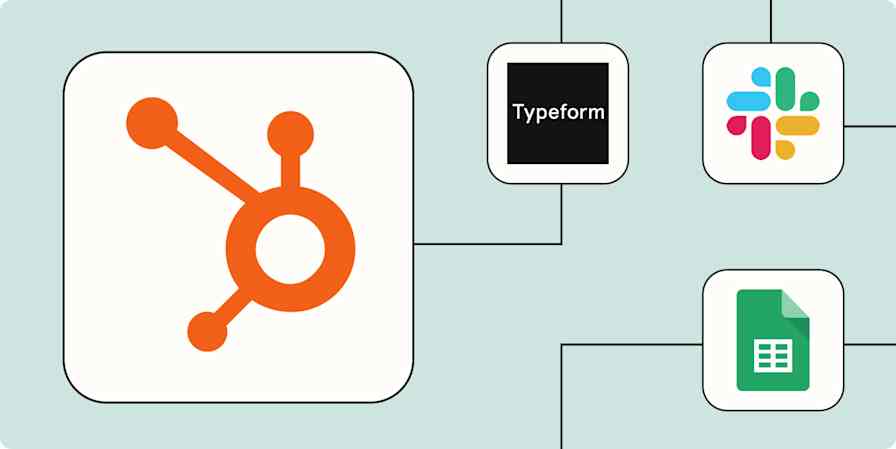Business tips
6 min readWhy client onboarding may be blocking business growth (and how to un-block it)
By Brian Casel · December 28, 2020

Get productivity tips delivered straight to your inbox
We’ll email you 1-3 times per week—and never share your information.
Related articles
Improve your productivity automatically. Use Zapier to get your apps working together.








